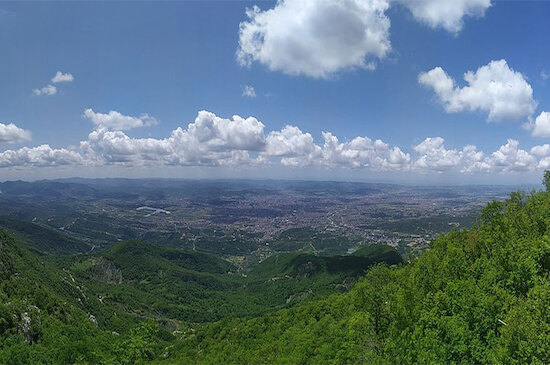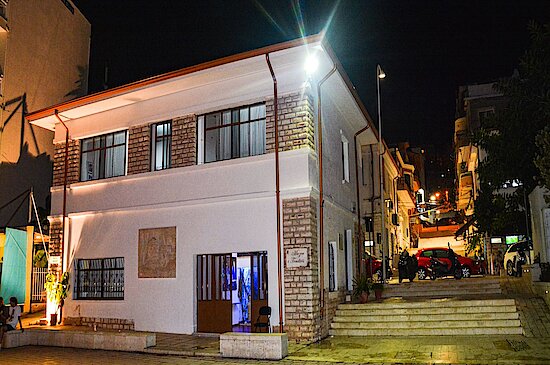It was founded around the beginning of the 4th century BC, while the ruins of Apollonia were discovered at the beginning of the 19th century. The earliest archaeological traces are some Iron Age objects, typical of the Illyrian culture. From the first centuries of the city's life, there are some remains of the defensive wall and an archaic temple dedicated to Artemis, the most worshiped goddess of the Apollonians.
Among the 24 cities throughout the Mediterranean world that bore this name in antiquity, Apollonia of Illyria was the most important and played a major role as a commercial intermediary between the Hellenes and the Illyrians.
Apollonia was at that time a large and important city near the Vjosa River. It is estimated that the city had about 60,000 inhabitants, a record figure for antiquity! Of great interest to visitors to Apollonia are the monuments of the Agonotets, the Odeon, the Library, the Wall, the Portico, the Villa with the Impluvium, the Roman Villa with mosaics, the Archaeological Museum, and the Church of Saint Mary.















